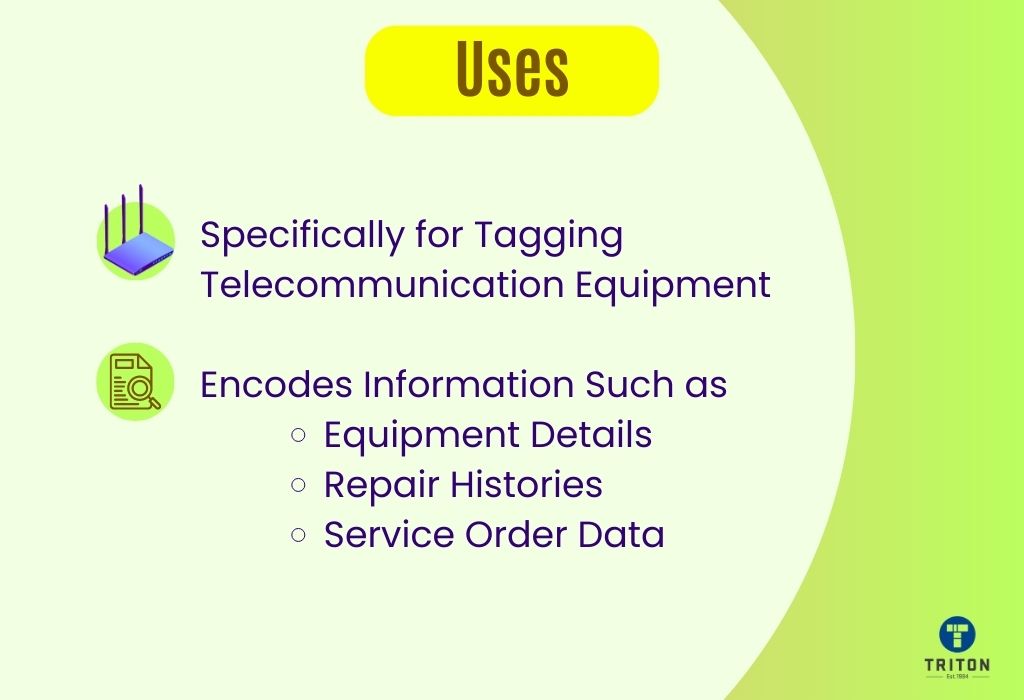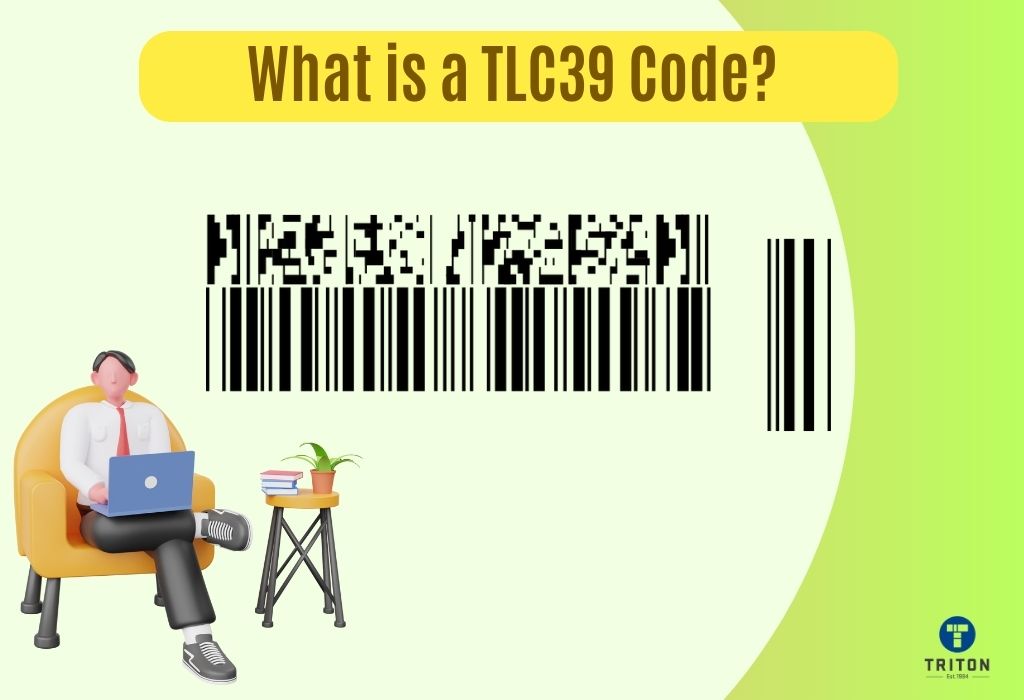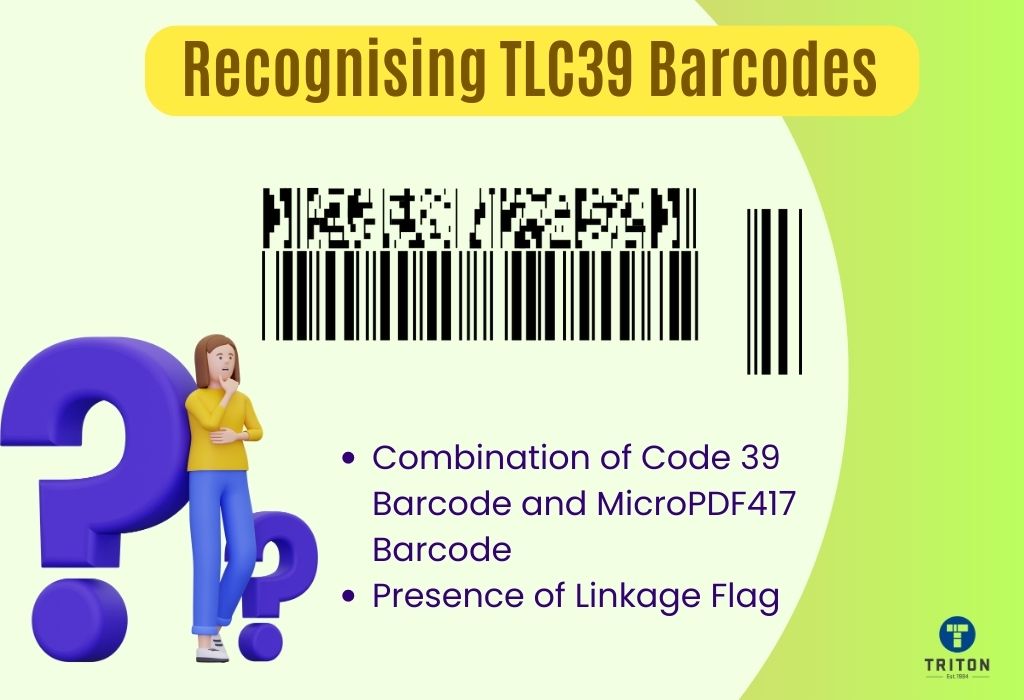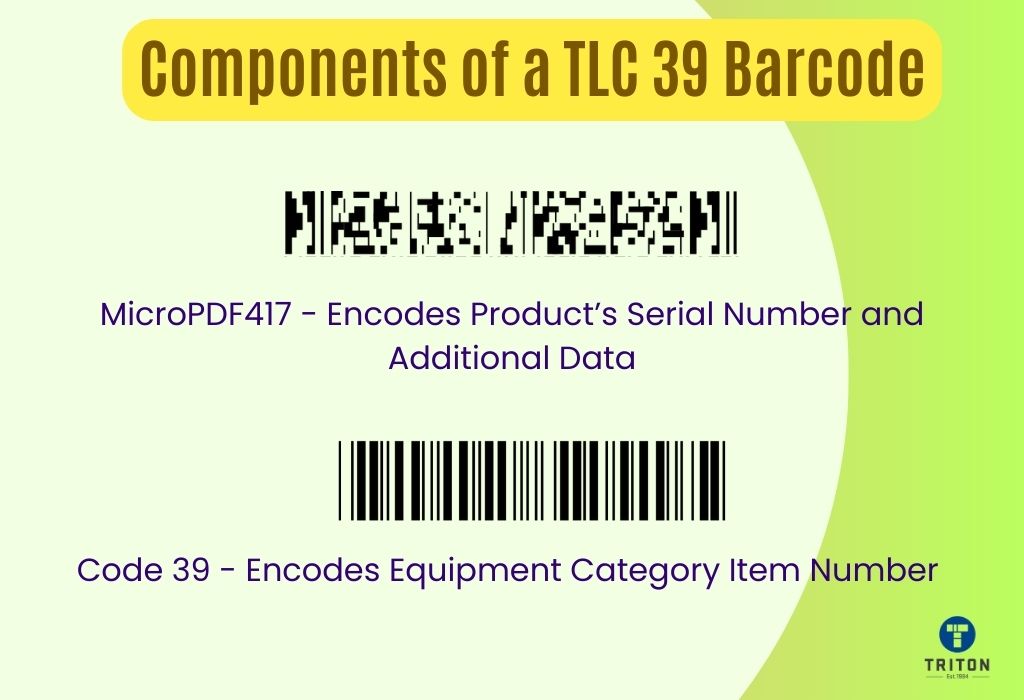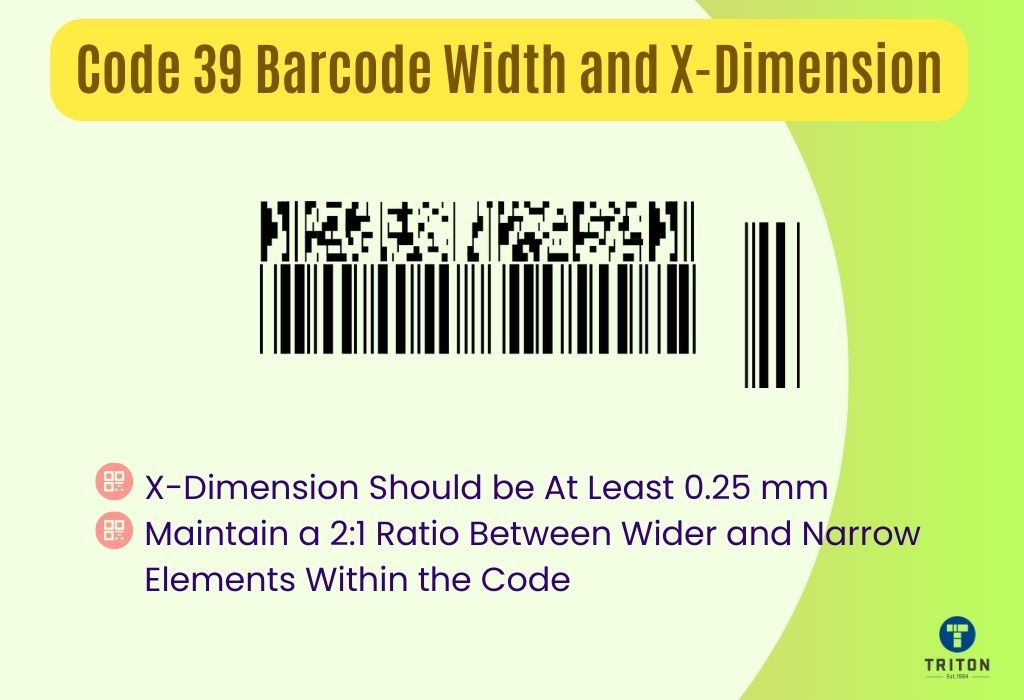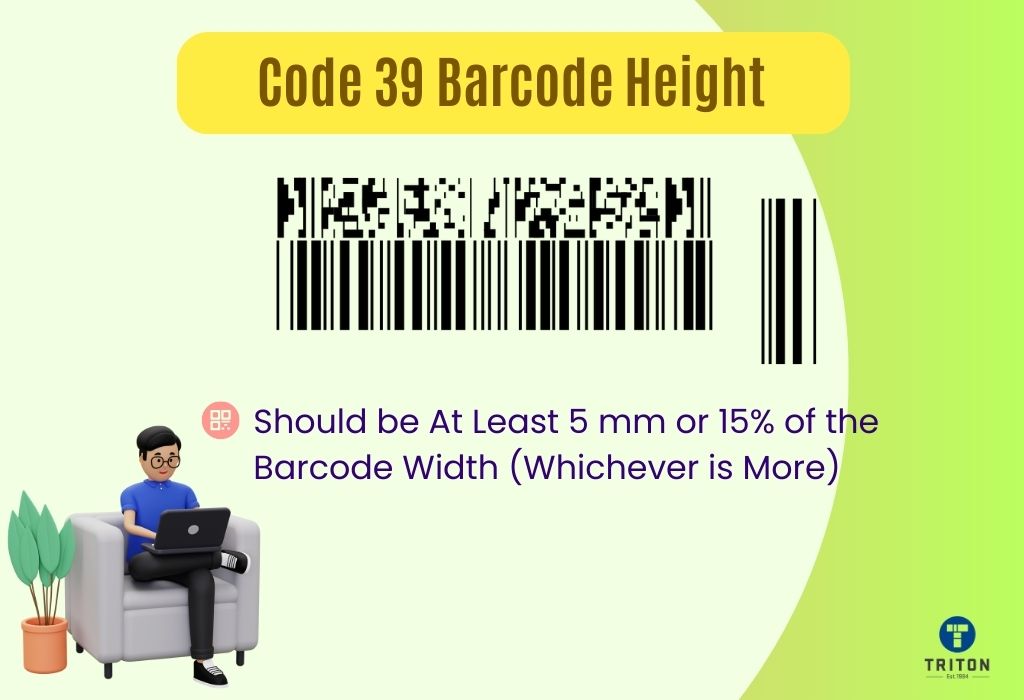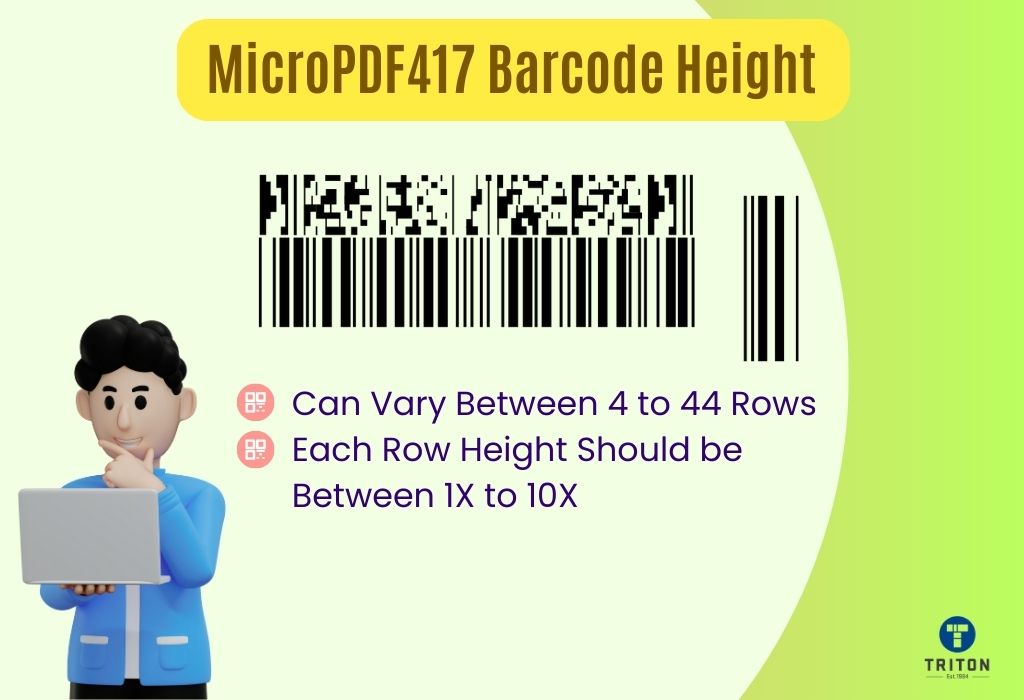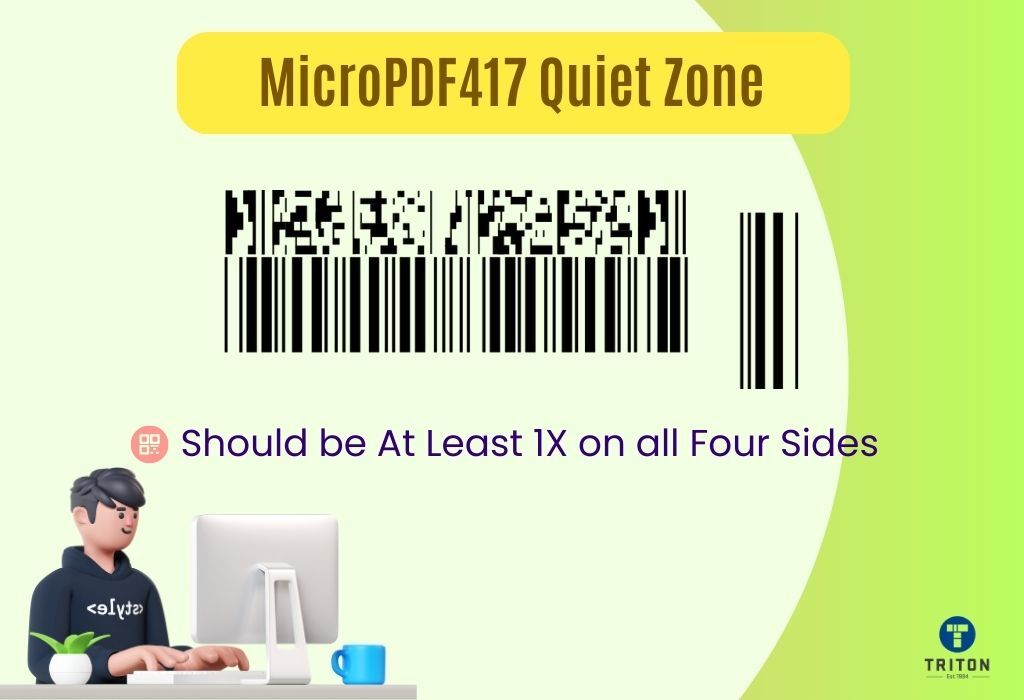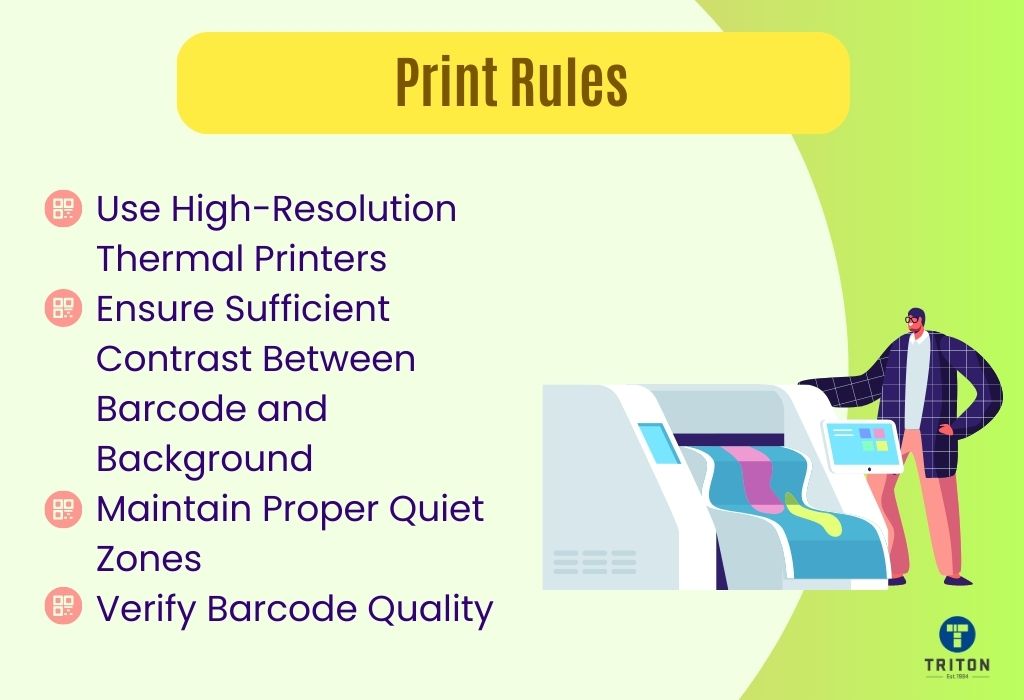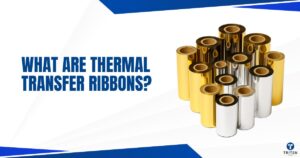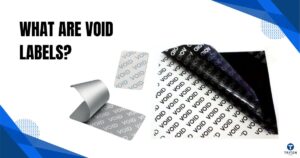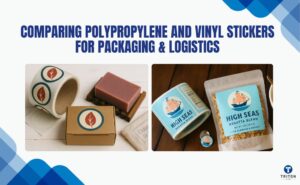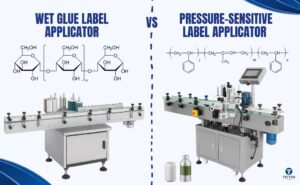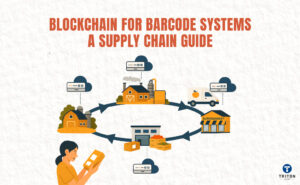The TLC39 barcodes can be used without any restrictions as they are in the public domain. You can create them using tools like the TLC39 Code Generator or software like Seagull Scientific’s BarTender Software.
To obtain a TLC39 code, you can follow the step-by-step process outlined below.
- Determine the data to be encoded: Identify the information you want to encode in the TLC39 code.
- Format the data structure: Format the data according to the TLC39 specifications. This involves adding the necessary data identifiers and application identifiers and ensuring the correct length and format for each data element.
- Choose a barcode generation tool: Select a reliable tool or software that supports TLC39 encoding.
- Input the data: Enter the formatted data into the barcode generation tool. Provide the necessary details, such as the ECI number, Serial Number, or other required data elements.
- Generate the TLC39 code: Initiate the generation process within the chosen tool. The software will create the TLC39 barcode based on the provided data and specifications.
- Verify the barcode: Once the TLC39 code is generated, review it to ensure accuracy. Check that the encoded data matches your intended information.
Always test the readability of the TLC39 barcode using a barcode scanner. Verify that the encoded data can be accurately scanned and decoded.
There are various online options available for TLC code generation. Although free barcode generators are a cost-effective option, they do have certain limitations. These limitations include limited customisation options, no security features, and limited technical support.
To create accurate and top-notch barcodes, it is recommended to buy barcode generation software instead of using free ones. Paid software has advanced features, more customisable options, better technical support, and improved data-handling capabilities.
We highly encourage our clients to utilise Seagull Scientific’s BarTender Software, a prominent and industry-leading label creation and printing solution.
BarTender Software is the best solution for your label design, management, and printing requirements. It offers a wide range of features and an easy-to-use interface that enables you to create visually appealing labels that communicate your brand image effectively.
At Triton, we believe in providing tailored solutions that empower businesses to optimise their processes and achieve their desired outcomes. That’s why we offer a range of Seagull Scientific software editions so that you can choose the best for your needs and elevate your label printing experience to new heights.
Triton offers all four editions of BarTender software, namely, Starter Edition, Professional Edition, Automation Edition and Enterprise Edition. We also offer the latest member of the BarTender family, BarTender Cloud, which is a powerful cloud-based label printing solution.
If you want to know more about Seagull Scientific BarTender Software, you can either use the live chat widget below or fill out a form here.
